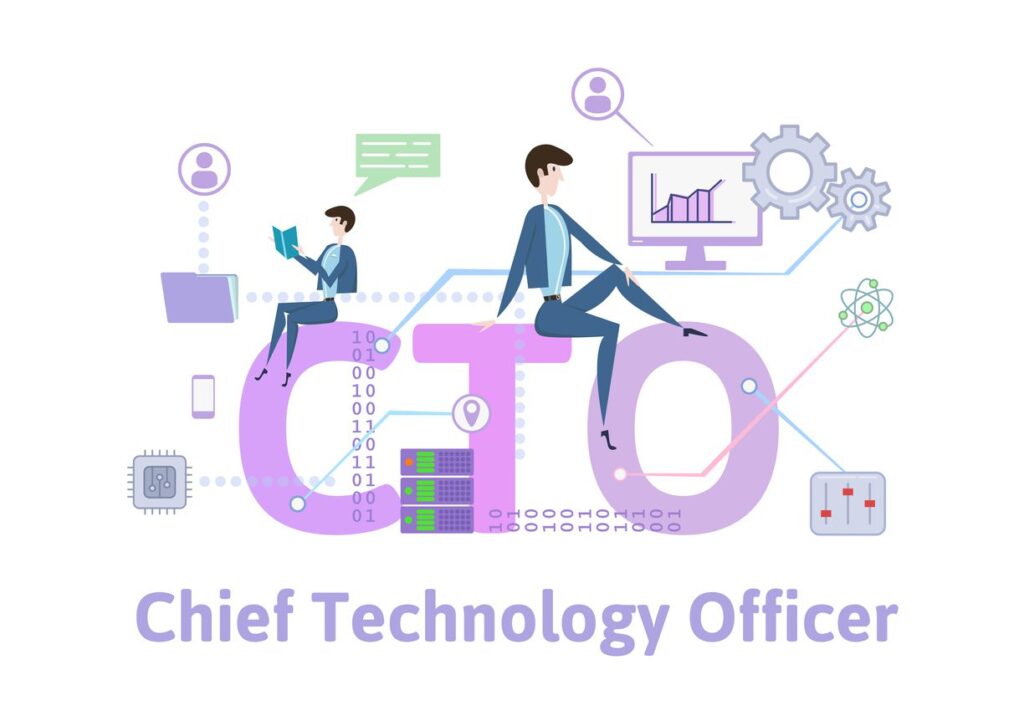
Status: Final Blueprint
Author: Shahab Al Yamin Chawdhury
Organization: Principal Architect & Consultant Group
Research Date: January 21, 2025
Location: Dhaka, Bangladesh
Version: 1.0
Part I: The Strategic Mandate of the Modern CTO
The role of the Chief Technology Officer has evolved from a back-office operational manager to a primary driver of business strategy and transformation. The modern CTO must be a strategic partner in the C-suite, ensuring every technology initiative is directly linked to business outcomes like revenue growth, market differentiation, and customer satisfaction.
Key Concepts:
- CTO Archetypes (McKinsey Model): The CTO’s mandate is defined by the company’s strategic situation:
- Responder: Deployed in a crisis to stabilize the business and drive rapid financial improvements. Focuses on discipline and execution speed.
- Revitalizer: Engaged to reverse performance degradation through accelerated, sustained change, mobilizing the organization for a long-term journey.
- Reinventor: Leads disruptive strategic shifts, such as moving to a digital-first model, by articulating a new vision and building future capabilities.
- Strategic Alignment: A primary failure of CTOs is a mismatch between the required archetype and their operational persona. The board must first diagnose the business situation before defining the CTO role.
- Technology Roadmaps: The roadmap is a communication and political tool first, and a planning tool second. Its purpose is to secure stakeholder buy-in by translating strategy into a clear, high-level sequence of initiatives that are explicitly tied to business goals.
- Data & AI Strategy: An “AI strategy” cannot succeed without a foundational “data modernization strategy.” The CTO must frame this as a “Data Value Realization Roadmap,” where AI is a capability unlocked only after data platforming, governance, and literacy are established.
Part II: Governance, Risk, and Compliance (GRC)
Effective GRC provides the “safe speed” for innovation. It establishes the necessary guardrails that allow agile teams to operate rapidly without introducing unacceptable risk.
Key Frameworks:
- COBIT 2019: The framework for governance, answering what the business needs from technology and what controls are required. It separates the board’s governance role (setting direction) from management’s role (execution).
- ITIL 4: The framework for management, providing the practical guidance on how to design, deliver, and manage IT services to meet the objectives set by governance.
Core Principles:
- Compliance by Design: Security, privacy, and regulatory requirements must be embedded into the core design of platforms from the outset, often through automated checks within a DevSecOps pipeline.
- Risk Management Lifecycle: A continuous cycle of identifying, analyzing, controlling, and monitoring risks ensures the organization can navigate a dynamic threat landscape effectively.
Part III: The High-Performance Technology Organization
The success of a technology strategy depends on the design of the organization executing it. Modern IT operating models must be structured for agility, clarity, and talent retention.
Key Concepts:
- Modern Operating Models:
- Product-Based: The target state for innovative functions, organizing cross-functional teams with end-to-end ownership of a product or customer journey.
- Federated (Hybrid): A realistic model for large enterprises, where core services (e.g., security, infrastructure) are centralized for efficiency, while innovative teams operate in a decentralized, product-based model.
- Talent Management: The persistent shortage of skills in areas like GenAI, cybersecurity, and cloud is a primary obstacle for CTOs. A successful strategy requires a multi-faceted approach, including upskilling, establishing global capability centers, and fostering a culture of continuous learning.
- RACI Matrix: A simple tool to eliminate ambiguity in cross-functional processes by defining who is Responsible, Accountable, Consulted, and Informed. It is critical for high-stakes processes like incident response.
Part IV: Architecture, Platforms, and Operations
Strategy is realized through tangible platforms and operational practices. Modern architecture must be designed for resilience, scalability, and developer productivity, supported by a data-driven approach to reliability.
Key Concepts:
- Well-Architected Frameworks: The pillars defined by major cloud providers (Operational Excellence, Security, Reliability, Performance, Cost Optimization) have become a de facto industry standard for technical governance. CTOs should mandate that all projects undergo a review against these pillars.
- SRE & Error Budgets: Site Reliability Engineering (SRE) treats operations as a software engineering problem. Service Level Objectives (SLOs) define reliability targets, and the Error Budget (
100% - SLO) represents the acceptable amount of downtime. This creates a data-driven mechanism to balance feature velocity with stability—when the budget is spent, all development halts to focus on reliability. - Monitoring vs. Observability:
- Monitoring tells you when a system is broken (tracking “known unknowns”).
- Observability allows you to ask why a system is broken (investigating “unknown unknowns”). It is enabled by the “three pillars”: Logs, Metrics, and Traces.
Part V: Measuring Value and Driving Continuous Improvement
The CTO must demonstrate the value of technology in clear business and financial terms. This requires a robust metrics framework and a commitment to maturing the organization’s capabilities.
Key Concepts:
- KPI Framework: The framework must link technology metrics directly to business outcomes. Focus on “impact metrics” (e.g., customer satisfaction, cycle time) over “activity metrics” (e.g., tickets closed).
- TCO & ROI:
- Total Cost of Ownership (TCO): Calculates the full lifecycle cost of a technology investment, including hidden operational and maintenance costs.
- Return on Investment (ROI): Measures the value generated. A compelling business case must quantify both tangible (hard savings) and intangible (e.g., faster time-to-market) benefits.
- Maturity Models (CMMI): Frameworks like CMMI provide a roadmap for process improvement, allowing a CTO to assess current capabilities and create a plan to move from a reactive state (Level 1) to a continuously optimizing one (Level 5).
Chat for Professional Consultancy Services
